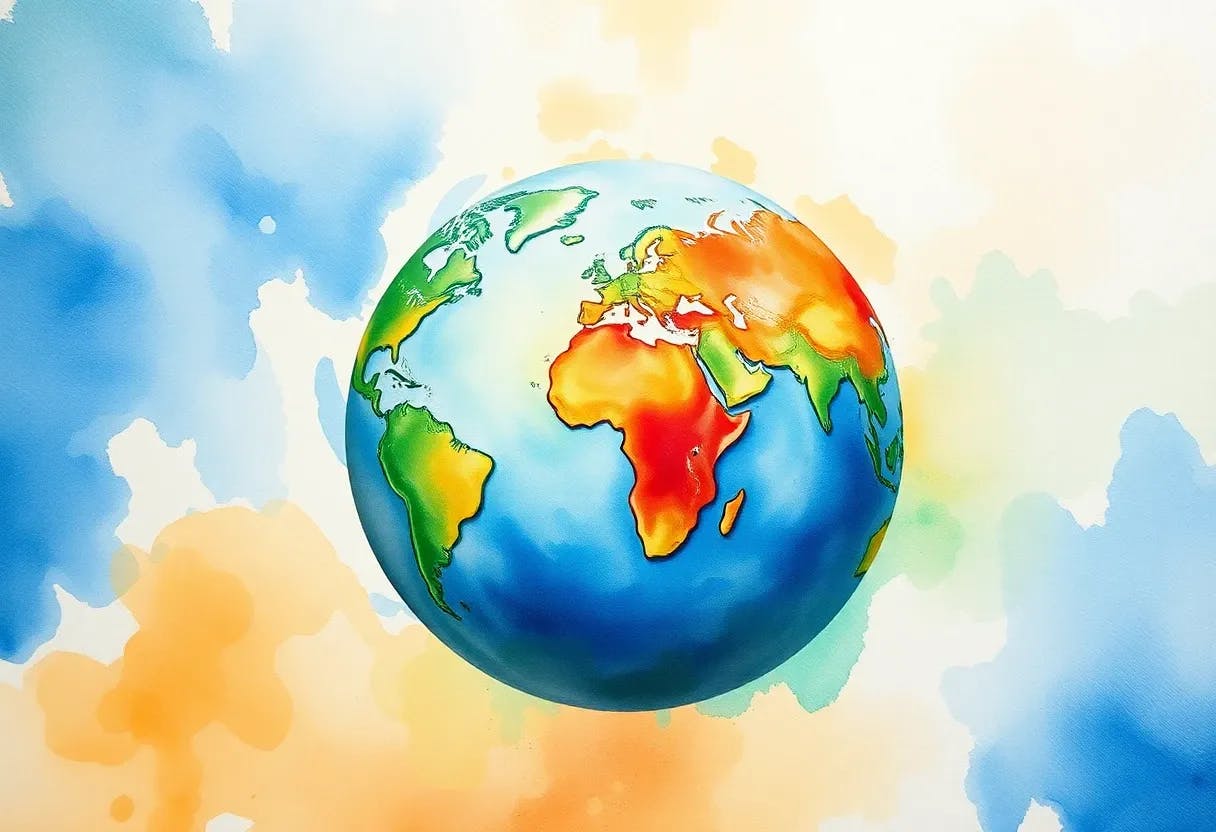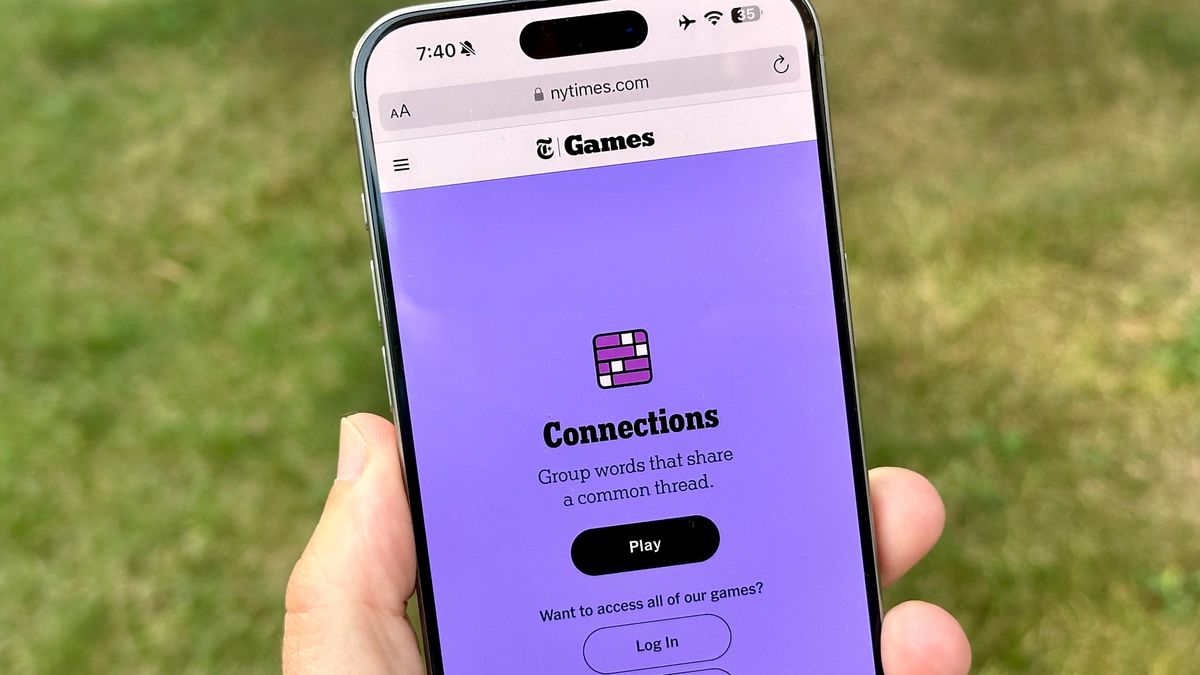Tesla CEO Elon Musk has unveiled the company’s robotaxi, Cybercab, promising it will cost less than US$30,000, and announced plans to bring autonomous driving to its Model 3 and Model Y cars in California and Texas by next year.
At the much-anticipated We, Robot event hosted at Warner Bros. Studios in Burbank, California, the billionaire arrived in the Cybercab in his trademark black leather jacket, accompanied by a man dressed in a space suit. Human-like robots mingled in the crowd, danced and served drinks to those gathered for the party.
In the lead-up to the announcement, analysts were skeptical that Tesla would deliver on its promise, as fully self-driving vehicles had been flagged for nine years and robotaxis for five years.
Musk said there were 20 more Cybercabs at the event, in addition to the one he had arrived in, and 50 fully autonomous vehicles for attendees to try out across the 20 acres of space that Tesla had secured for the event.
The Cybercab will have no steering wheel or pedals, Musk said, and will have inductive charging rather than a plug.
He added that Tesla had “overspecced” the computer in the vehicles in what he termed as an Amazon Web Services style of computing – where it can be distributed across the network of cars.
Musk said the cost of the Cybercab was expected by Tesla to be below US$30,000 (£22,980, A$44,500).
He said the Cybercab would be in production “in 2026” then paused, and added, “before 2027”.
“I tend to be a little optimistic with timeframes,” he said.
The future envisioned by Musk with autonomous vehicles is one where parking lots can be replaced by parks, and people can fall asleep or watch a movie in a “comfortable little lounge” while being ferried to their destination.
He said autonomous cars can be used as Uber-like taxis when not being used by the owner, and people could set up fleets of the vehicles to rival ride-share companies in what he described as like a “shepherd with a flock of cars” .
“It’s going to be a glorious future.”
Before then, Tesla’s Model 3 and Model Y vehicles will move from supervised self-driving to unsupervised-self driving, starting with California and Texas next year, and elsewhere in the US and the rest of the world depending on regulatory approval. He says the S and X models will also have autonomous driving but did not set a timeframe.
“With autonomy, you get your time back. It’ll save lives, a lot of lives, and prevent injuries,” he said.
He said the cars would be safer than humans driving given Tesla has gathered driving data from millions of vehicles.
“With that amount of training data it’s obviously going to be much better than a human can be because you can’t live a million lives,” he said. “It doesn’t get tired, and it doesn’t text. It’ll be 10, 20, 30 times safer than a human.”
He also announced an autonomous van called Robovan that can carry up to 20 people and goods, but did not announce a price or when it would go into production.
The billionaire said that the company had “made a lot of progress” with Optimus, the humanoid robot Tesla has developed. Musk introduced the robots into the event hall telling attendees they will “walk among you” and serve drinks.
“Please be nice to the Optimus robots,” he said.
At the end of the event, a group of the robots was positioned in a neon-lit stage dancing to Daft Punk’s Robot Rock. He predicted that “at scale” the Optimus robot would cost up to US$30,000.
The showcase of Tesla’s advances in autonomous driving comes as the carmaker is facing a class action suit in the United States from Tesla owners who had been promised full self-driving that had yet to be delivered.
In February last year, Tesla was pressured to recall full self-driving vehicles by US safety regulators due to the system allowing speeding and other traffic violations, with Tesla fixing the issue with a software update.
In April this year, regulators also announced an investigation into full self-driving and autopilot systems and whether the company was doing enough to make sure the human drivers were paying attention, after a reported 20 crashes involving autopilot following the earlier recall.












